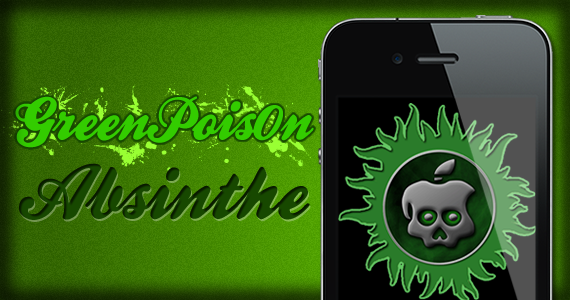This complete jailbreaking tutorial documents the historic release of GreenPois0n Absinthe, the first successful jailbreak tool for Apple's A5-powered devices including the iPhone 4S and iPad 2. Patrick Bisch provides a detailed walkthrough of the collaborative effort between the iPhone Dev Team and Chronic Dev Team that finally cracked Apple's enhanced security measures after months of development. The guide represents a important victory for the jailbreaking community, as Apple's A5 chip had proven specificly resistant to previous exploitation methods.
The step-by-step tutorial covers all technical needs, including the necessity of running iOS 5.0.1 specifically, and provides clear instructions for Windows, Mac OS X, and Linux users. Bisch methodically explains each stage of the process, from disabling device passcodes and backing up via iTunes to running the Absinthe application with administrator privileges. The guide emphasizes critical precautions like not touching the device during the jailbreak process and explains how the tool works through multiple device reboots and the temporary "Restore in Progress" screen.
The tutorial concludes with post-jailbreak steps, including the transformation of the temporary Absinthe app icon into the familiar Cydia installer, and encourages users to explore recommended tweaks and apps. Bisch also promotes supporting the development teams through PayPal donations, acknowledging the extensive unpaid work that went into creating this breakthrough tool. The guide serves both as a practical how-to and documentation of a important moment in iOS modification history.
This tutorial captures a pivotal moment in the cat-and-mouse game between Apple's security teams and the jailbreaking community, representing one of the last major victories for traditional jailbreaking before Apple's security measures became increasingly sophisticated. Looking back 13 years later, the Absinthe jailbreak marked the end of an era when jailbreaking was relatively accessible to mainstream users willing to follow step-by-step guides. Apple's subsequent introduction of more robust security features, app sandboxing improvements, and the expansion of iOS features have made jailbreaking both more technically challenging and less necessary for most users. While jailbreaking communities still exist today, they operate in a much more niche capacity, with newer exploits often requiring advanced technical knowledge and carrying greater risks. The collaborative spirit documented in this tutorial, where competing development teams joined forces, exemplifies the community-driven innovation that characterized the golden age of iOS jailbreaking and influenced many security research practices still used today.
This summary was created by Dave Rogers. The original post was written by Patrick Bisch and published on January 1, 2012.
If you'd like to view the original post, you can find it here.
